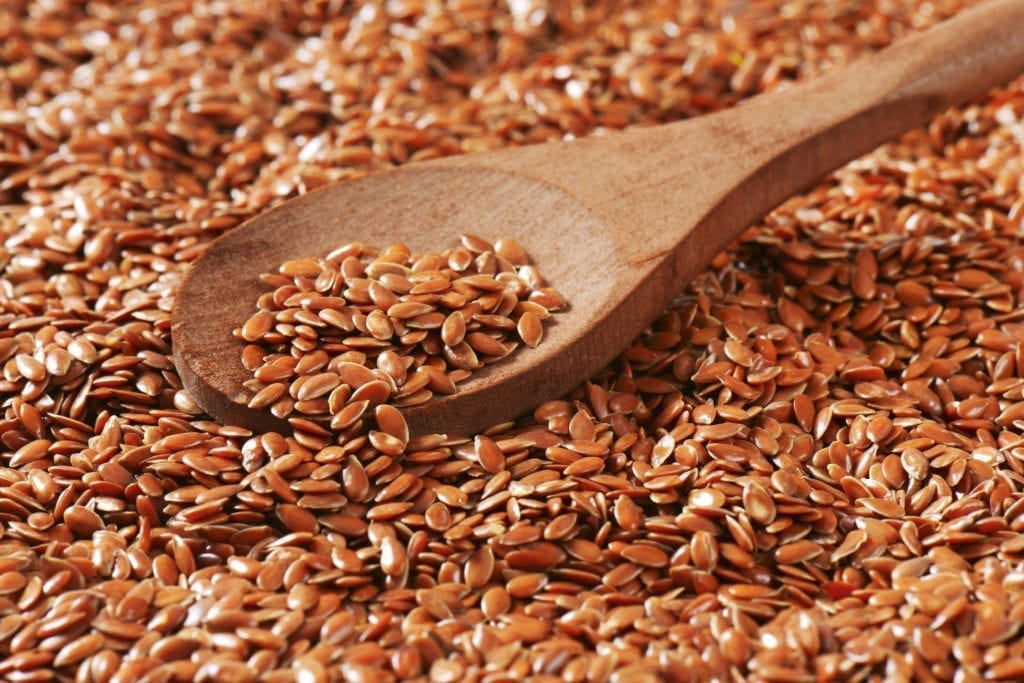Egyptian Spinach, Corchorus olitorius, is growing in popularity as a summer vegetable in our part of the world. It's known by many different names. Molokhia/Molokheiya (and many other methods of spelling it) such as salad mallow Jew's mallow mallow and West African sorrel to name just few. It is believed that it been a staple food in Egypt long before the time of Christ and
فوائد حبوب البرسيم has been a staple food there since the time of the Pharaohs. Molokheiya, which is an Egyptian term that means "vegetable for the king", is the Egyptian name of the soup. Wikipedia claims that an ill Egyptian king around 6000BC requested hot soup. He was then healed through the consumption of hot soup on a daily basis. Cleopatra is also believed to have taken the same soup. Egyptian Spinach as well as its close relatives, grows throughout Africa, India, and numerous other regions of Asia. It can be located throughout the subtropical and tropical regions around the world.
It is an annual. It will grow to around a meter in height and produces small yellow flowers, has edible seed pods and leaves that can be constantly harvested. It is extremely tough and can grow quickly. Similar to Okra, many of the characteristics are in place. It is a fan of the heat and is able to handle both dry and wet conditions (not the waterlogged) but doesn't like the shade.
large Egyptian spinach plant growing on the lattice of the green home
Do you have a desire to grow some? It will grow in any soil type and doesn't care about the pH but obviously prefers fertile moist soil. It's even able to grow in pots. It is easy to prepare the soil as normal. Then, plant the seeds directly where they will grow. Spring and autumn are the best times to plant. Egyptian spinach seeds will germinate better if they are placed in hot water prior to planting for at least a couple of minutes. Isabel Shipard recommends soaking for at least 12 hours. When the plant grows to around 40cm high, you are able to begin to harvest leaves. The seeds that mature on the plant and disappear to the earth, will rest in dormancy until next year. Egyptian spinach is almost pest and disease-free. Caterpillars and grasshoppers can take advantage of the leaves and during summer they could be affected by red spider mites however generally, they are not a problem. BOGI Seeds currently has seeds available.
The leaf is a rich source of vitamins, minerals, and protein. The younger leaves can be eaten raw in salads, on sandwiches, and older leaves can be cooked or dried. It is possible to use leaves in similarly to spinach. The leaves are used in Egypt as a traditional soup which includes coriander, garlic, and meat. In other areas, it can be made into a stew using cassava, rice and chicken meat. The vegetable can be utilized in a
variety of ways. The leaves can be dried and then ground into tea. When the tea has been prepared, فوائد حبوب البرسيم (
Highly recommended Web-site) you can keep them in a container and use them to make the next stews or soups. In Japan it is marketed through health food stores as a health tea. Young seed pods are used the same way as the okra.
Since the time of the Pharaohs, Egyptian spinach has been touted for its health benefits. In the form of tea, it can enhance your immune system. It can also be helpful for treating constipation, cancer, anaemia as well as diabetes, cystitis fatigue, high blood pressure, high cholesterol, menopausal symptoms overweight, respiratory disorders as well as water retention. Tea made of leaves can aid in the birth process and improve mothers' milk production. It can also be used to treat sore eyes as well as cuts, rashes and scrapes.
Many species of the Corchorus genus are used to produce jute as they have long,
strong fibres within their stalks. This jute was used over the years to make coarse yarn that was later used as rope or as a packing fabric. The most tall, unbranched stems were the best choice for this. The stems were soaked for several days so the vegetable matter would develop a rotting process and the fibres are easily removed, then washed, dried, and then sorted to use. The fibre is also used to make paper in certain areas. Corchorus Olitorius or Egyptian spinach is best used as a vegetable for leaf production, while some of its other relatives are best suited for the production of jute.
